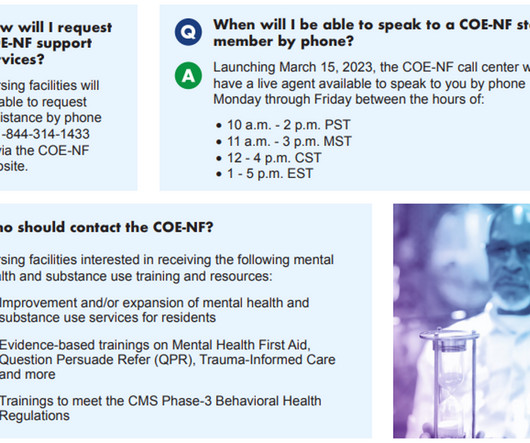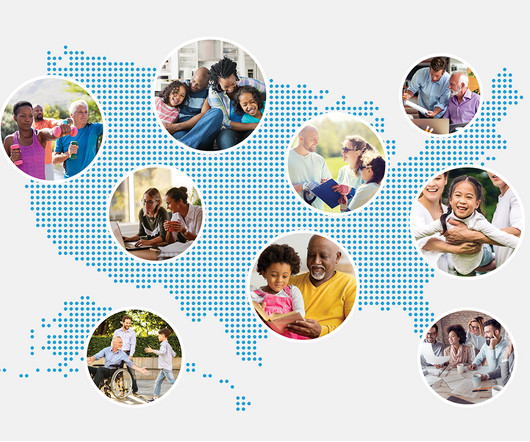What HHVBP Means for Managed Care, SNF Utilization
Home Health Care
MAY 19, 2022
“If we do well under HHVBP, that should help prove the value of home health care,” one executive recently told me. Medicare Advantage [plans] can see all of that information.”. Yet with roughly seven-and-a-half months to go, more questions about HHVBP’s broader impact on quality of care and patient access are starting to pop up.


















Let's personalize your content